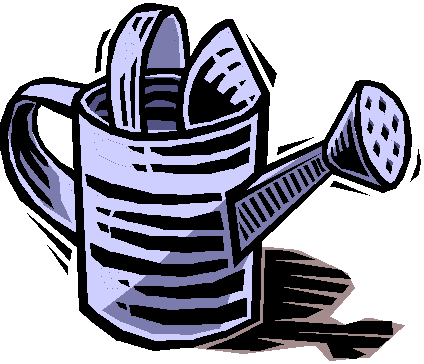|
Q. You've helped me
previously with gardening problems and now I have this question. I
have a very large (I've never trimmed it) jade plant. It has flowered
for only the third time in 15 years. Why does it blossom so seldom
and can I do something to make it flower more frequently? The
fragrance is wonderful. Thanks.
A. Jade plant
(Crassula argentea) is a succulent house plant with thick,
fleshy green leaves an inch to two inches long. Some varieties have
variegated foliage with pink, white, red, purple, and green colors on
the leaves. In the wild, jade plant can reach ten feet tall. When
grown as a potted house plant, it attains a shape like a miniature
tree, even when grown in a small pot. I have a 20-year-old jade
plant in a 14-inch pot that is easily four feet tall with a
trunk diameter over three inches.
Jade plant does best in bright
light, although it will grow in filtered sunlight and indirect light
as well. Like most succulents, it prefers cool night temperatures
between 50 and 55 degrees and day temperatures of 68 to 72 degrees.
While it is actively growing in spring and summer water frequently to
keep the soil moist at all times. Fertilize it every week with a
water soluble fertilizer at quarter strength. During winter allow the
soil to become dry between waterings, stop fertilizing, and grow it
in the coolest-possible location you can. It can be repotted any time
of year, although it does best if it is a little crowded in its pot.
When grown outdoors in warm climates, jade plant
bears white or pink fragrant flowers. Unfortunately, it does not
bloom very well indoors. My jade plant
is growing in my greenhouse where it receives cool nights in winter
and warm days during summer and it has blossomed occasionally,
although not regularly every year. To encourage flowering, next
spring after all danger of frost has passed set the plant outside in
a sheltered location, out of direct sunlight, for the summer and
early autumn. The warm summer days and the cool night temperatures of
early autumn may trigger it to flower. Be sure to bring it back in
before frost.
Click here to read more about jade plant
and order it from Pernell Gerver's Online Store. |

